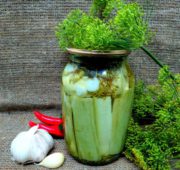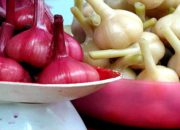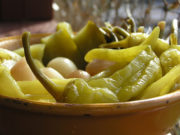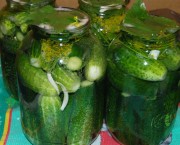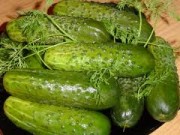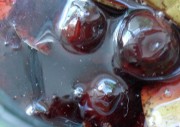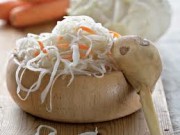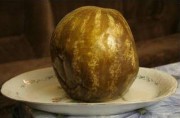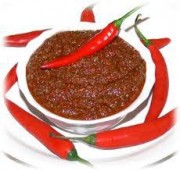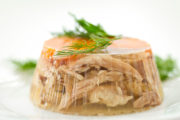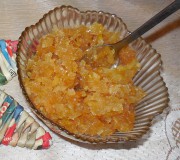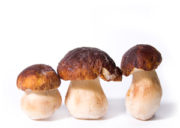How to pickle zucchini in jars for the winter
If in winter salted zucchini on the market are almost more expensive than cucumbers, then in summer they are sometimes given away for free. Zucchini is unpretentious and grows under any conditions, even among not very hardworking housewives. They are cheap in the summer, and you should definitely take advantage of this to add a little variety to your pickles for the winter.
For pickling, the type of zucchini is not important; any will do, as long as they are young. Old and hard zucchini are not salted or pickled, as they already acquire the taste and hardness of a stool, no matter how hard you try.
Zucchini is not only unpretentious when growing, but when pickling it, you can use the same recipes that you used for pickling cucumbers. They can be salted together, in one container, if so desired.

Not all housewives like to pickle vegetables and prefer to pickle them for the winter. If pickled vegetables are on the shelves at least until spring, then pickled vegetables often spread and soften after 2-3 months. I assure you that this is just a misunderstanding, and errors during brining are possible. To avoid them and munch on salted zucchini all winter, follow the technology for pickling zucchini.
Sort out the zucchini, wash them and cut them into “pucks”. Very small zucchini can be cut in the same way as cucumbers - into slices, or left as is.

Wash the jars and place the greens for pickling on the bottom. This is a common set that is used in such cases:
- leaves (can also be root) of horseradish;
- parsley umbrellas;
- garlic;
- peppercorns;
- carnation.
Place the zucchini on top of the greens so that they fit tightly enough. When salting, their volume will decrease somewhat, and if they are not placed, then there will be only brine in the jar, and very few zucchini.
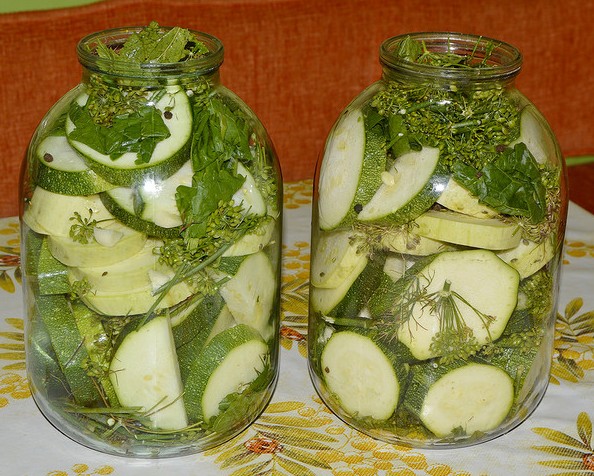
Now about the brine. How much salt you need to add to the brine depends on where the zucchini is stored. If you have a cool pantry where the temperature does not rise above +15 degrees, you can make brine based on the following calculations:
- for 1 l. water – 2 tbsp. l. salt.
If you store jars in kitchen cabinets, the amount of salt should be slightly increased:
- for 1 l. water – 3 tbsp. l. salt.
Dilute the salt in water and pour the brine over the zucchini, without adding 2-3 cm to the top of the jar. Cover the jars with lids and place in a warm, dark place for the fermentation process. The brine will become cloudy and you may see white foam coming over the edges of the jar. This is fine. Remove the foam and wait two weeks.
In two weeks, the zucchini will be thoroughly salted, and in order for them to remain that way until spring, you need to stop the fermentation process and get rid of lactic acid bacteria.
Drain the brine from the jars into a saucepan and boil it. Skim off the foam and boil the brine over low heat for at least 5 minutes.
Then, quickly pour the hot brine over the zucchini and close the jars with plastic lids. You can immediately take the jars to their storage location without waiting for them to cool down.
Beware of frost. Salted zucchini cannot withstand sub-zero temperatures, unlike salted cabbage. Because of freezing, zucchini lose their density and fall apart, which is very sad, after all the work done.
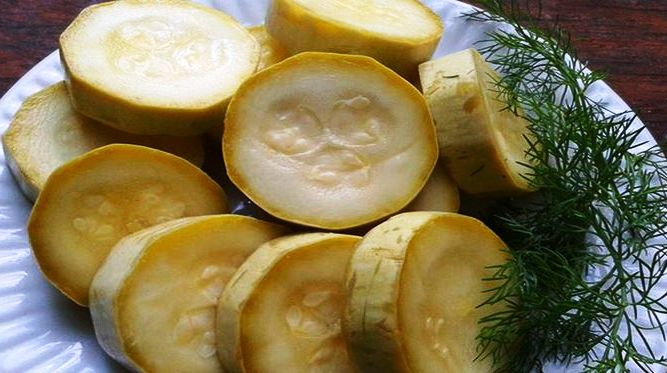
For a quick zucchini starter recipe, watch the video:

